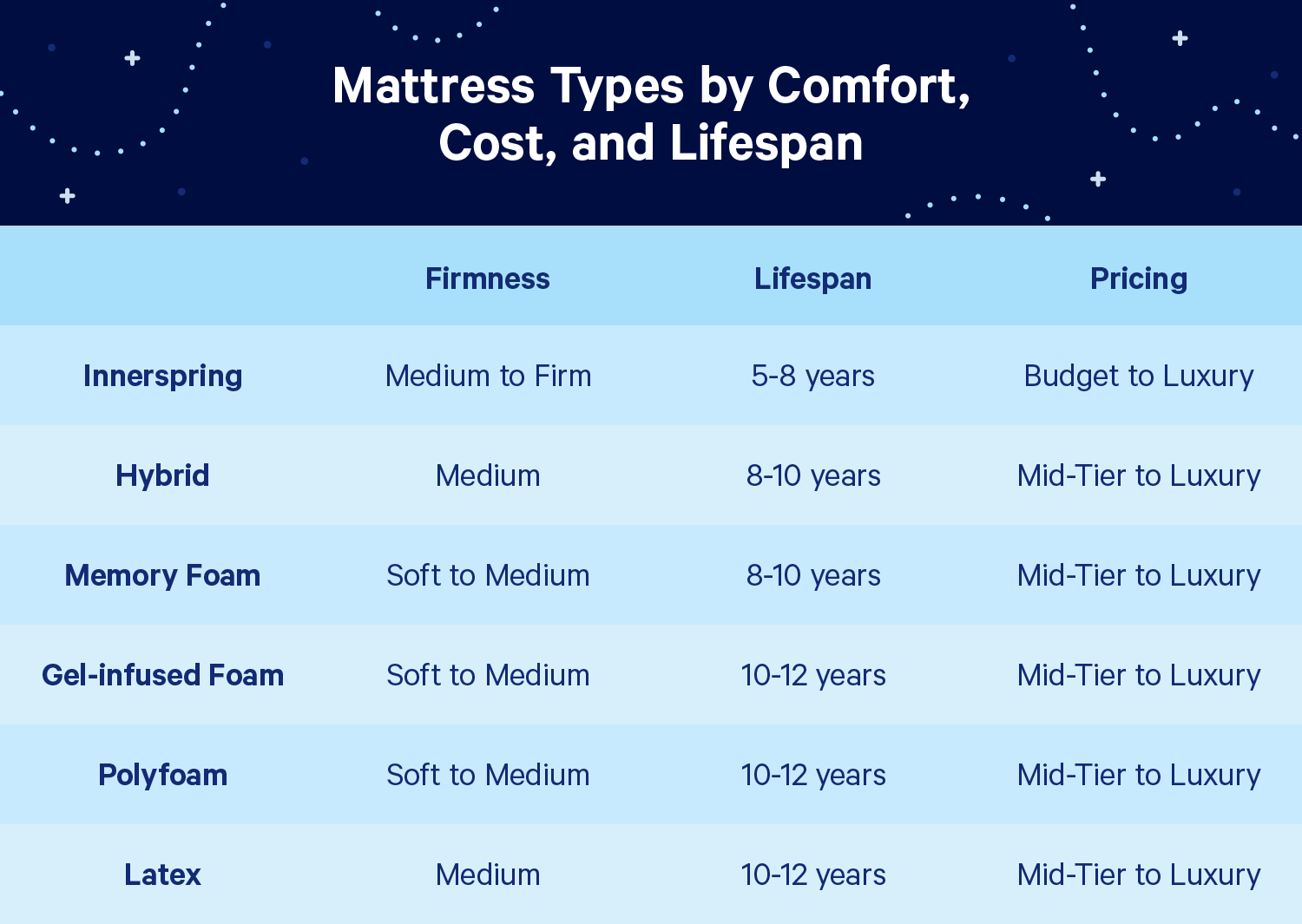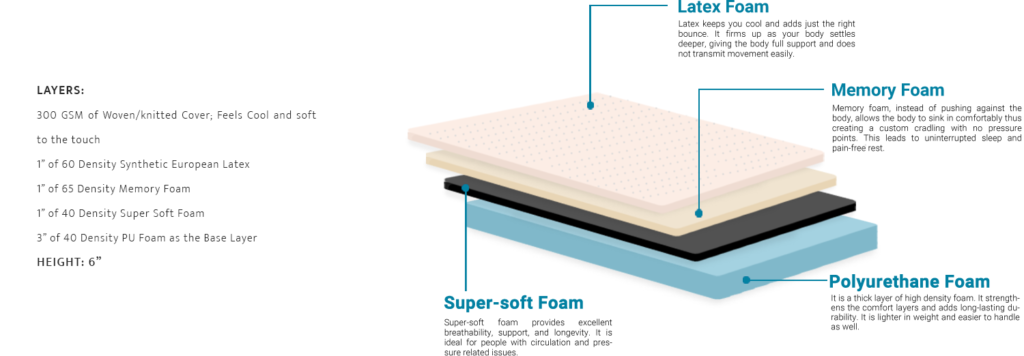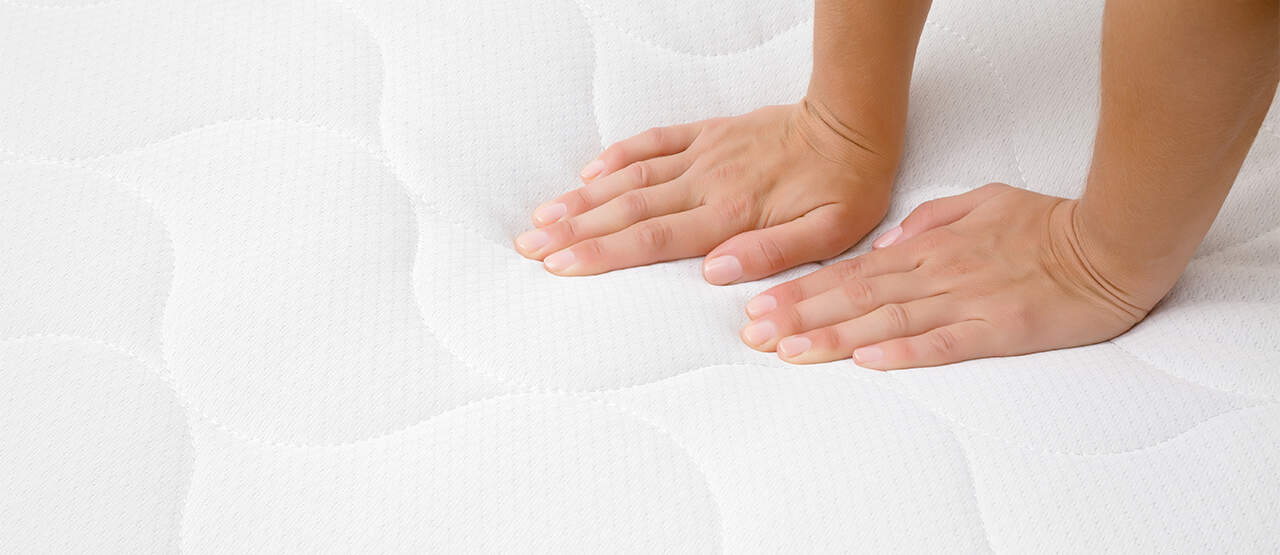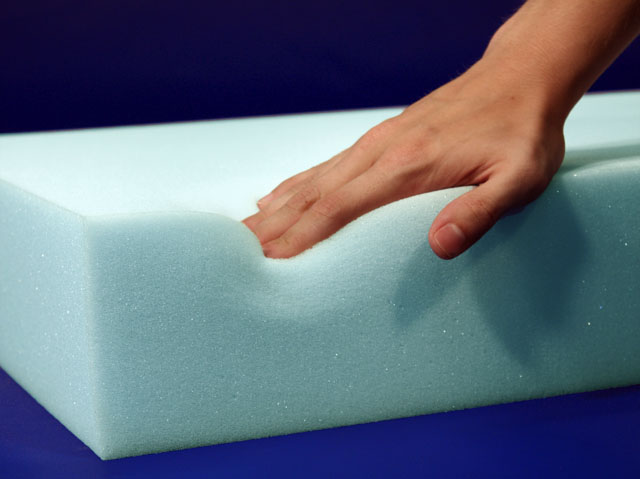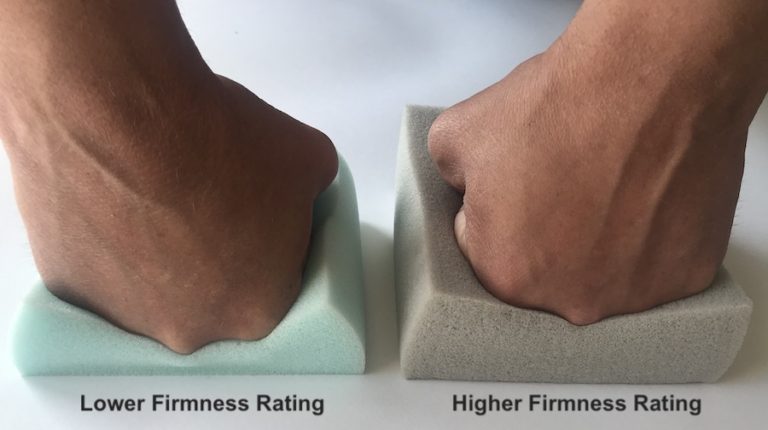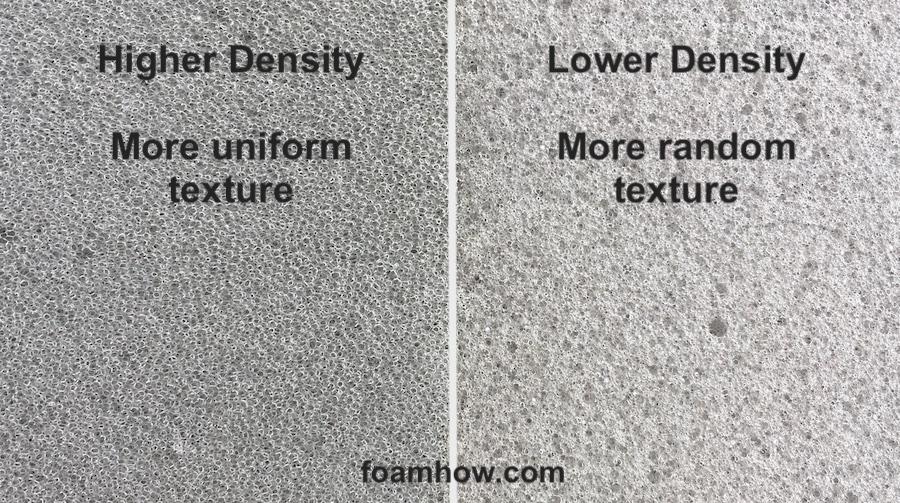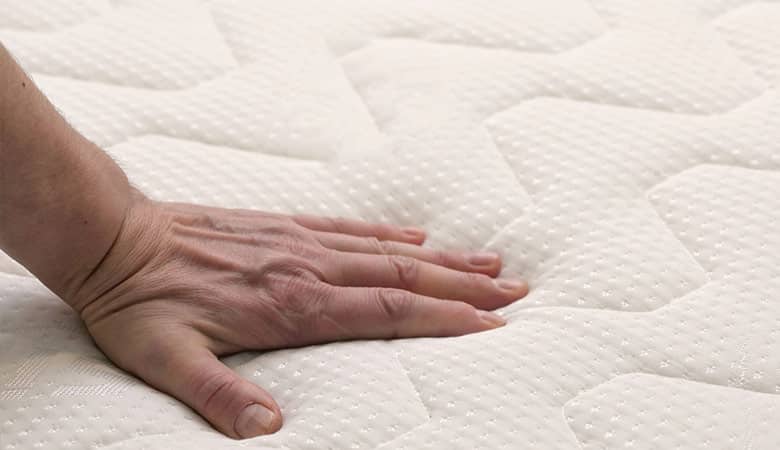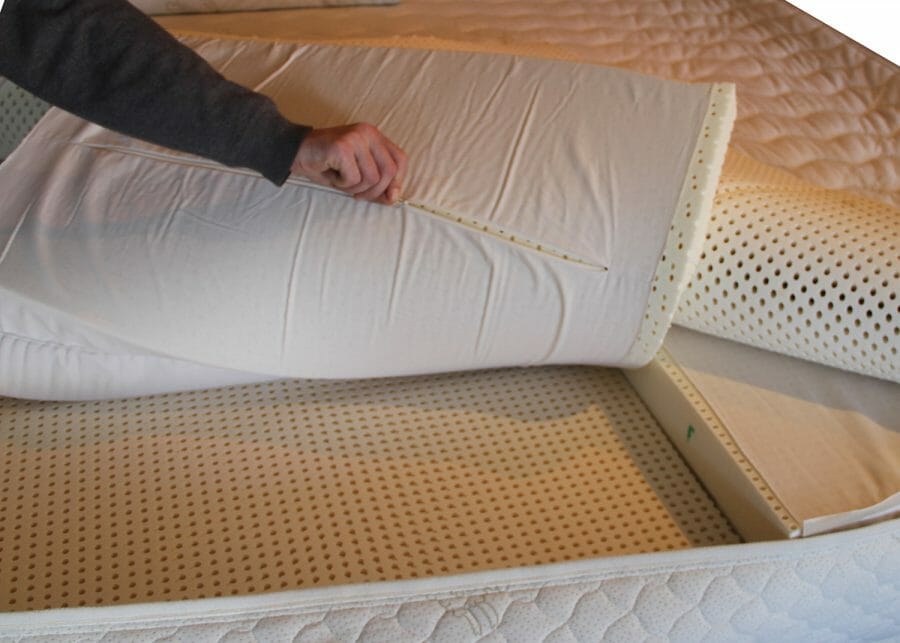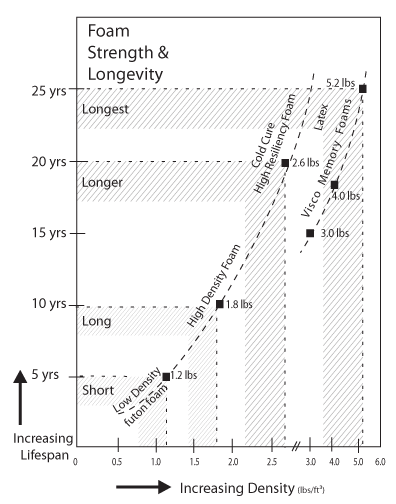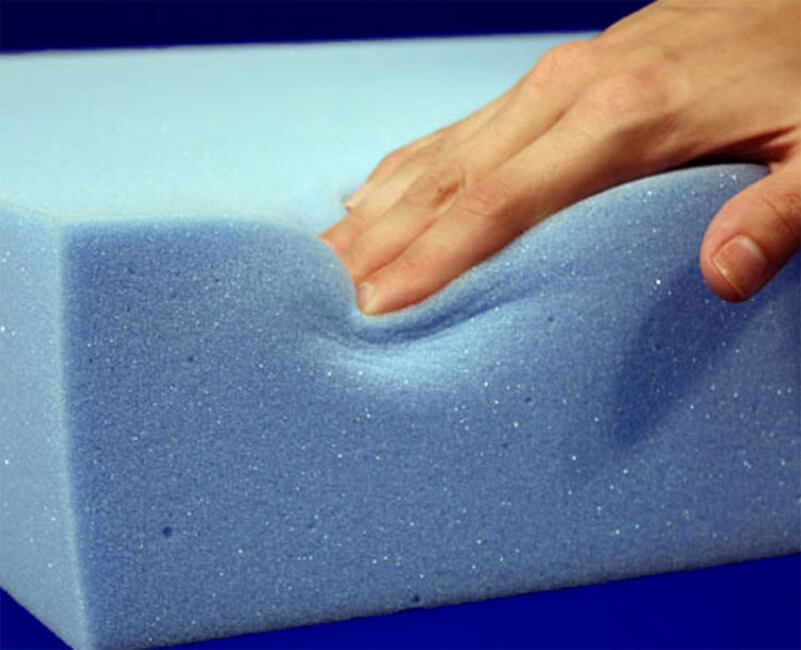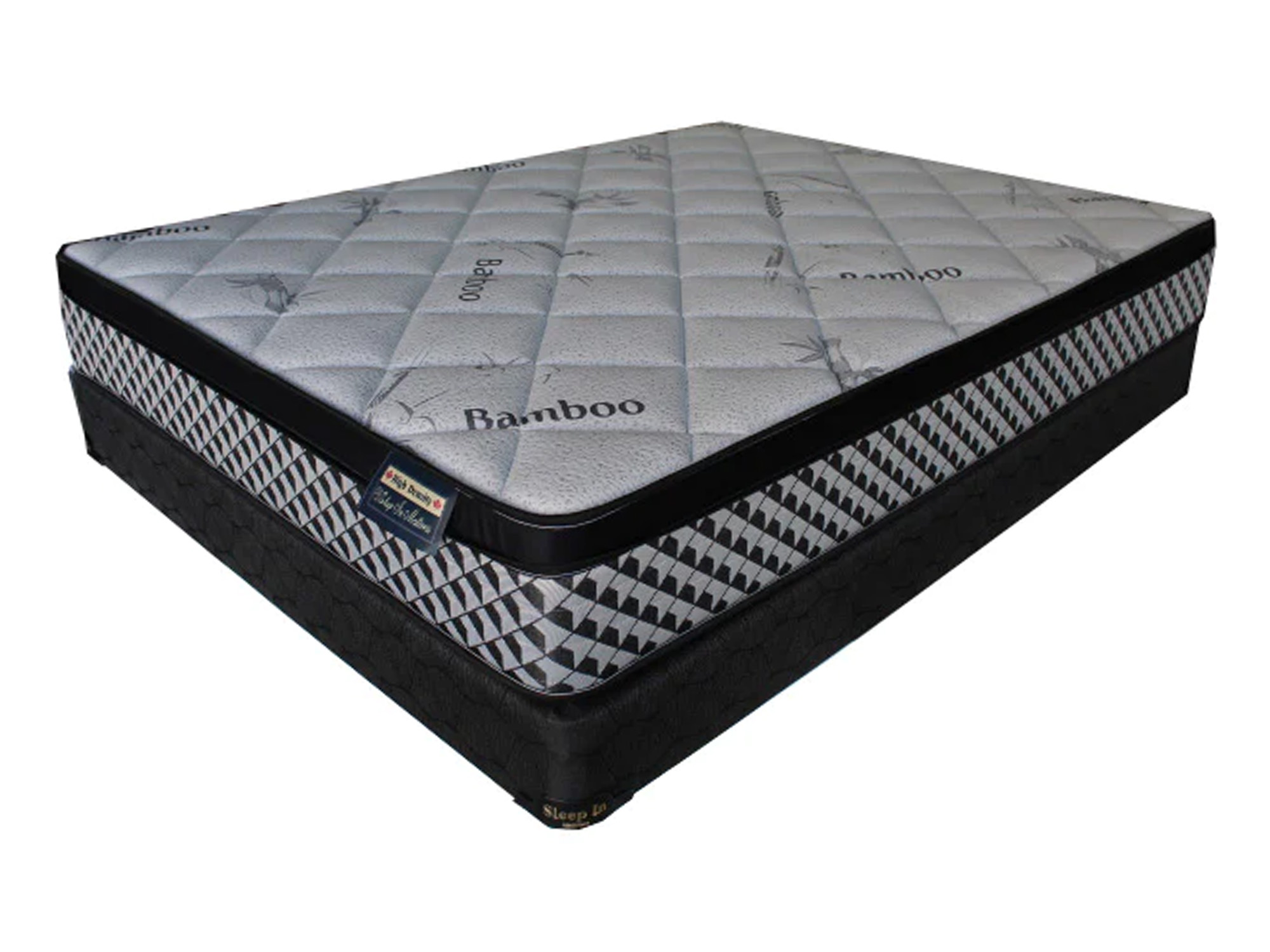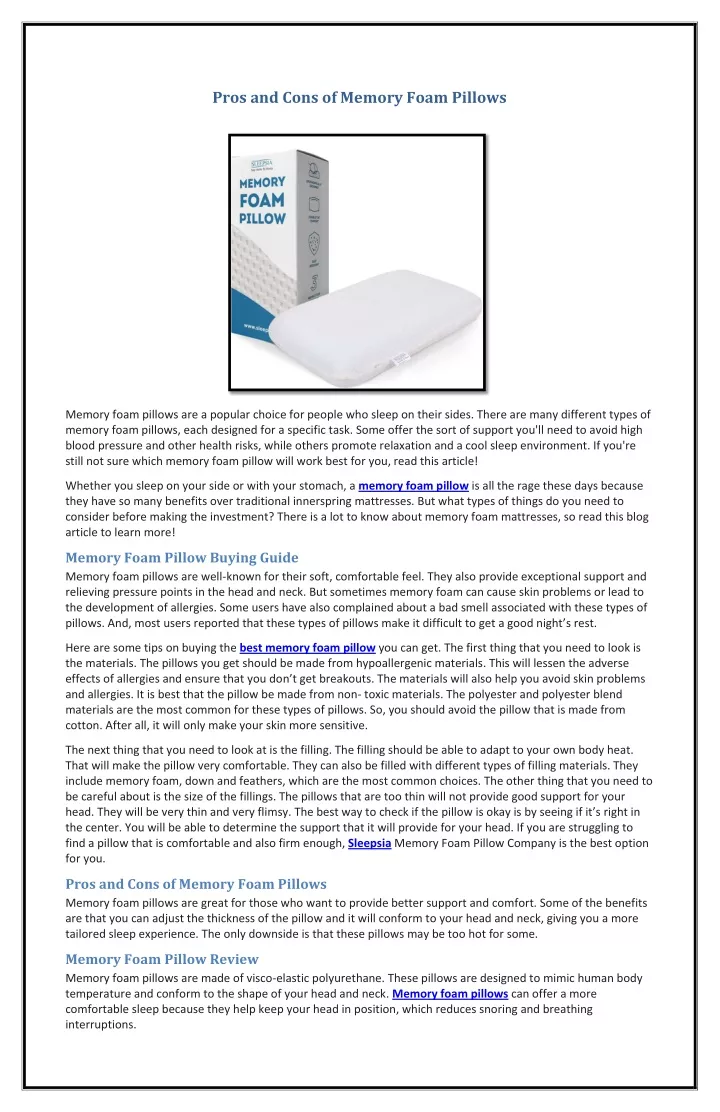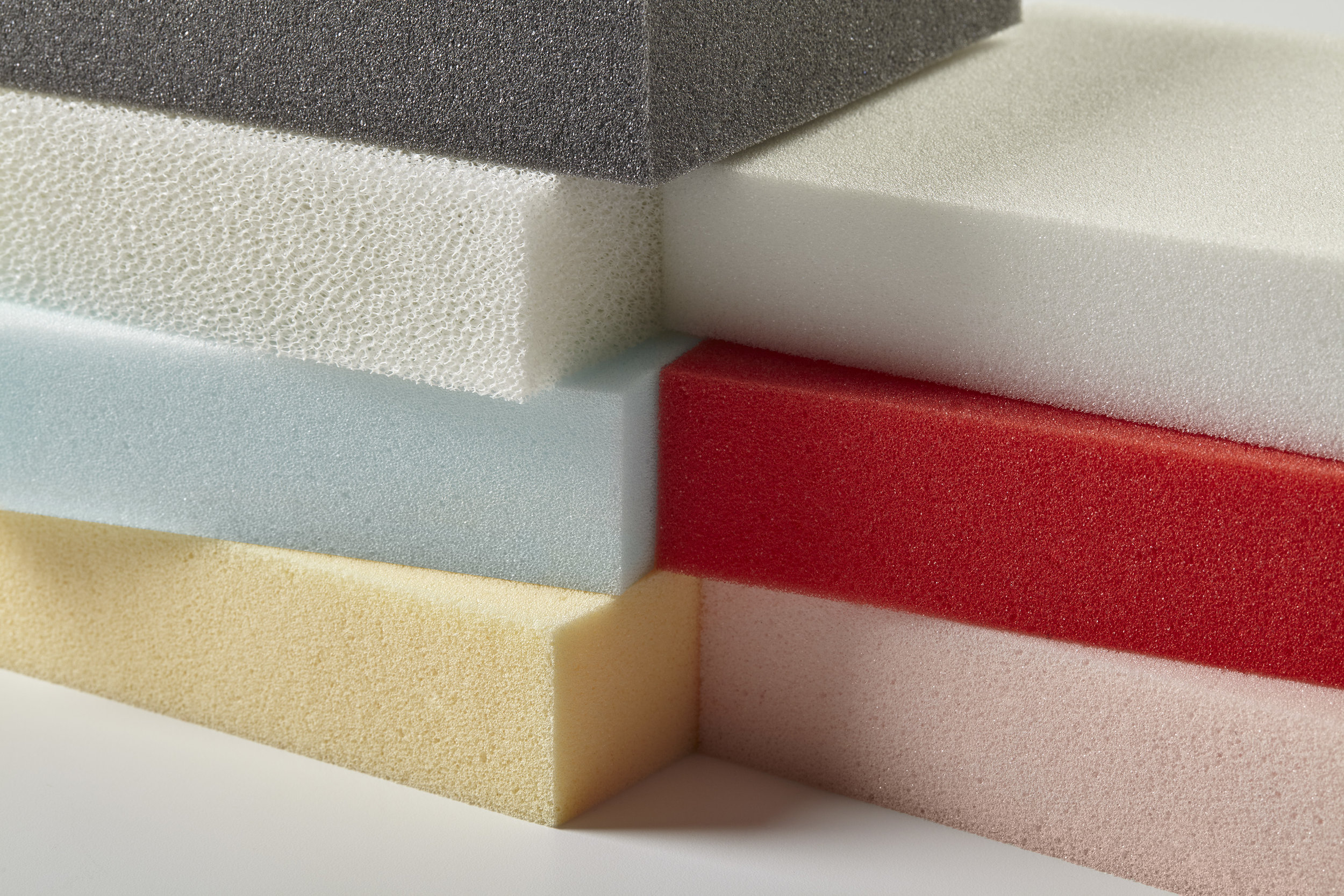When it comes to choosing a foam mattress, one important factor to consider is the density of the foam. Foam mattress density refers to the weight of one cubic foot of foam, and it can have a significant impact on the overall feel and performance of the mattress. In this guide, we will explore the ins and outs of foam mattress density, and help you make an informed decision when it comes to choosing the right mattress for your needs.Foam Mattress Density Guide
Before we dive into the specifics of foam mattress density, let’s first understand what foam density actually means. Foam density is measured in pounds per cubic foot (lbs/ft3), and it indicates how much the foam weighs. The higher the density, the heavier the foam. This is because higher density foams have a larger cell structure and more material, making them more durable and supportive. On the other hand, lower density foams are lighter and have smaller cell structures, making them less supportive and less durable.Foam Mattress Density Explained
Now that we know what foam density is, let’s discuss how to choose the right foam mattress density for your needs. The ideal foam density will largely depend on your body weight and sleeping preferences. Generally, heavier individuals or those who prefer a firmer mattress will benefit from a higher density foam, while lighter individuals or those who prefer a softer mattress may prefer a lower density foam. It’s also important to consider the type of foam used in the mattress. Memory foam, for example, typically has higher densities compared to polyurethane foam. This is because memory foam is designed to contour to the body and provide pressure relief, which requires a higher density foam with a larger cell structure. Polyurethane foam, on the other hand, is often used as a support layer and can have lower densities.Choosing the Right Foam Mattress Density
In order to fully understand foam mattress density, it’s important to note that there are three main types of foam: high-density foam, medium-density foam, and low-density foam. High-density foam is typically considered to be anything above 5 lbs/ft3, medium-density foam ranges from 3-5 lbs/ft3, and low-density foam is anything below 3 lbs/ft3. High-density foam is known for its durability and support, making it a popular choice for those looking for a firmer mattress. However, it may also be more expensive and can retain more heat compared to lower density foams. Medium-density foam offers a good balance of support and comfort, making it a versatile choice for many sleepers. Low-density foam may not be as durable or supportive, but it can offer a softer and more affordable option.Understanding Foam Mattress Density
If you’re still unsure about which foam mattress density is best for you, a foam mattress density chart can be a helpful tool. This chart compares the densities of different types of foam and can give you a better idea of what to expect from each foam density. High-density foam (5 lbs/ft3 or higher) is often used in memory foam mattresses, while medium-density foam (3-5 lbs/ft3) can be found in both memory foam and polyurethane foam mattresses. Low-density foam (below 3 lbs/ft3) is typically used in polyurethane foam mattresses and is considered to be the softest and least supportive option.Foam Mattress Density Chart
Now that we know the different types of foam and their corresponding densities, let’s compare them to get a better understanding of how they differ. High-density foam is known for its ability to provide support and pressure relief. Medium-density foam offers a good balance of support and comfort, making it a popular choice for many sleepers. Low-density foam, while not as supportive, can offer a softer and more affordable option. When it comes to durability, high-density foam is the clear winner. Its larger cell structure and more material make it more resilient and long-lasting. Medium-density foam is also fairly durable, while low-density foam may not hold up as well over time.Foam Mattress Density Comparison
So, how do you actually measure foam mattress density? The most accurate way is to weigh a one cubic foot piece of foam. However, if you don’t have access to the foam itself, you can also use the manufacturer’s specifications to get an idea of the density. Keep in mind that these measurements are based on the weight of the foam before it is cut into a mattress, so the actual density may vary slightly.How to Measure Foam Mattress Density
It’s important to note that foam density and firmness are not the same thing. While density refers to the weight of the foam, firmness refers to how soft or firm the mattress feels. While there may be some correlation between the two, it’s possible for a high-density foam to feel soft and for a low-density foam to feel firm. This is why it’s important to consider both density and firmness when choosing a foam mattress.Foam Mattress Density and Firmness
Now that we’ve covered the different types of foam and their corresponding densities, let’s take a closer look at the benefits of high-density foam mattresses. As previously mentioned, high-density foam is known for its durability and support. This makes it a great option for those who suffer from back pain or need extra support while they sleep. High-density foam can also help alleviate pressure points and promote proper spinal alignment. In addition, high-density foam is also great for motion isolation. This means that it can absorb movement and prevent it from transferring to other areas of the mattress. This is especially beneficial for couples who may have different sleeping preferences.High Density Foam Mattress Benefits
On the other hand, low-density foam mattresses also have their own set of pros and cons. One of the main benefits of low-density foam is its affordability. These mattresses tend to be less expensive compared to higher density foam mattresses. Low-density foam can also offer a softer and more plush feel, which may be preferred by some sleepers. However, low-density foam may not be as durable or supportive as high-density foam. It can also retain more heat, making it less ideal for those who tend to sleep hot. It’s important to consider these factors when deciding if a low-density foam mattress is right for you.Low Density Foam Mattress Pros and Cons
The Importance of Foam Mattress Density in House Design

Understanding the Role of Foam Mattresses in House Design
 When it comes to designing a house, every little detail matters. From the color of the walls to the type of flooring, each decision plays a crucial role in creating a functional and comfortable living space. One often overlooked element in house design is the
density of foam mattresses
. Most people tend to focus on the comfort and support offered by these mattresses, but the density also plays a significant role in determining the overall quality and longevity of the mattress. In this guide, we will explore the importance of foam mattress density in house design and how it can impact your sleep and overall well-being.
When it comes to designing a house, every little detail matters. From the color of the walls to the type of flooring, each decision plays a crucial role in creating a functional and comfortable living space. One often overlooked element in house design is the
density of foam mattresses
. Most people tend to focus on the comfort and support offered by these mattresses, but the density also plays a significant role in determining the overall quality and longevity of the mattress. In this guide, we will explore the importance of foam mattress density in house design and how it can impact your sleep and overall well-being.
The Science Behind Foam Mattress Density
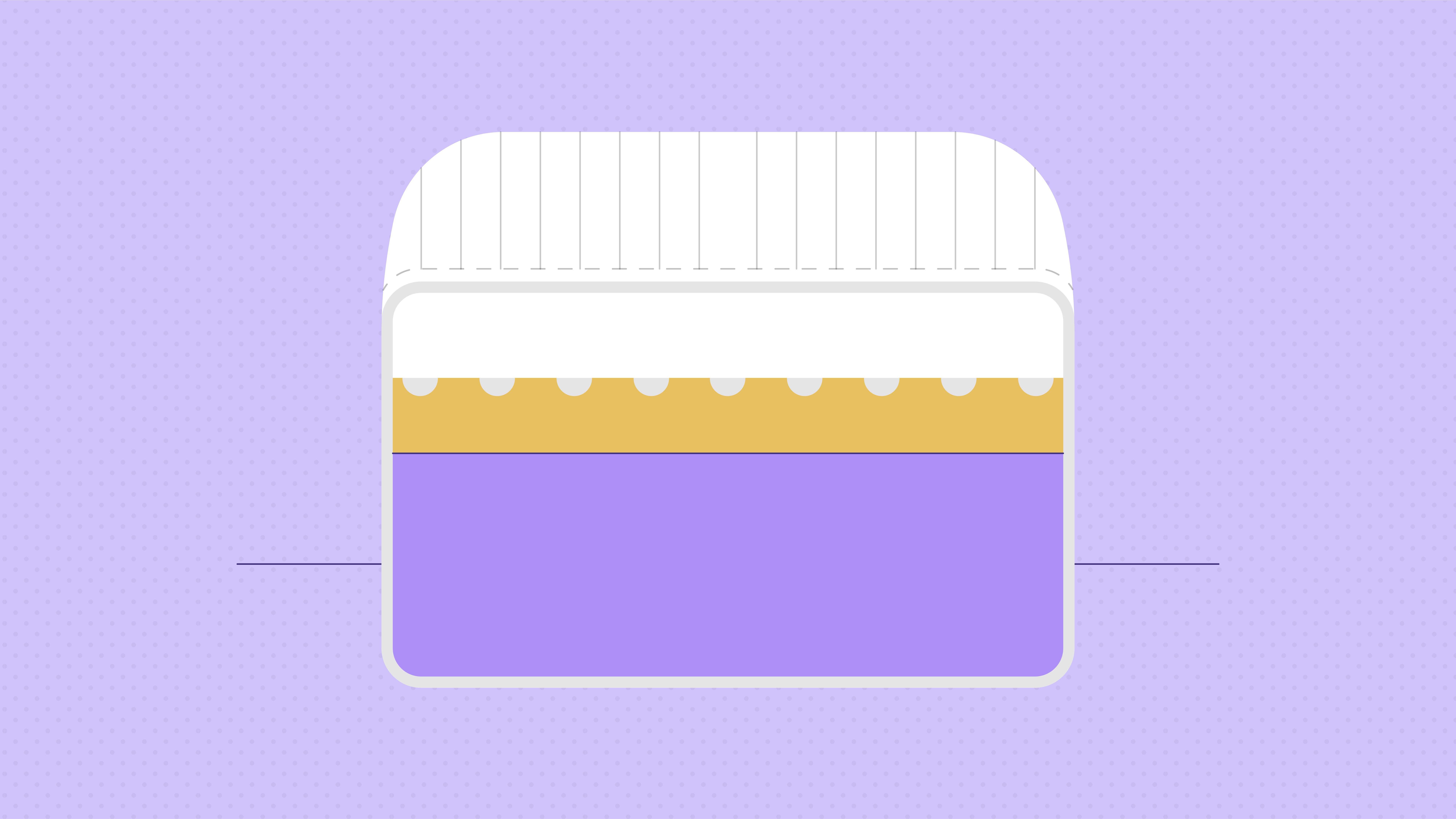 Foam mattresses are typically made of a combination of polyurethane foam and other materials such as memory foam or latex foam. The density of a foam mattress refers to the weight of a cubic foot of foam, usually measured in pounds (lbs). The higher the density, the more material is used to make the mattress, resulting in a firmer and more supportive surface. Foam mattress density can range from 1.5 lbs to 8 lbs per cubic foot, with most high-quality mattresses falling between 4 and 5 lbs.
Higher density foam mattresses
are generally more durable and can provide better pressure relief, making them a popular choice for those with back pain or joint issues.
Foam mattresses are typically made of a combination of polyurethane foam and other materials such as memory foam or latex foam. The density of a foam mattress refers to the weight of a cubic foot of foam, usually measured in pounds (lbs). The higher the density, the more material is used to make the mattress, resulting in a firmer and more supportive surface. Foam mattress density can range from 1.5 lbs to 8 lbs per cubic foot, with most high-quality mattresses falling between 4 and 5 lbs.
Higher density foam mattresses
are generally more durable and can provide better pressure relief, making them a popular choice for those with back pain or joint issues.
The Impact of Foam Mattress Density on Sleep Quality
 The density of a foam mattress can greatly impact your sleep quality. A mattress with low density may feel comfortable at first, but it can quickly lose its shape and support, leading to back pain and discomfort. This can also cause you to toss and turn throughout the night, disrupting your sleep and leaving you feeling tired and groggy in the morning. On the other hand, a mattress with higher density foam can provide better support for your body, allowing for proper spinal alignment and reducing pressure points. This can result in a more restful and rejuvenating sleep, leaving you feeling refreshed and energized in the morning.
The density of a foam mattress can greatly impact your sleep quality. A mattress with low density may feel comfortable at first, but it can quickly lose its shape and support, leading to back pain and discomfort. This can also cause you to toss and turn throughout the night, disrupting your sleep and leaving you feeling tired and groggy in the morning. On the other hand, a mattress with higher density foam can provide better support for your body, allowing for proper spinal alignment and reducing pressure points. This can result in a more restful and rejuvenating sleep, leaving you feeling refreshed and energized in the morning.
The Role of Foam Mattress Density in House Design
 When designing a house, the type of mattress you choose can have a significant impact on the overall design and layout of the bedroom. A higher density foam mattress may require a firmer bed frame or foundation to provide proper support, while a lower density one may be more versatile and can fit into a wider range of bed frames. Additionally, the density of a foam mattress can also affect its weight, which can be a consideration when designing a bedroom with limited space or for those who need to move frequently.
In conclusion, the density of a foam mattress is an essential factor to consider when designing a house. It not only affects the comfort and support of the mattress but also plays a crucial role in your overall sleep quality and well-being. When choosing a foam mattress, be sure to consider the density and find the right balance between comfort and support for a truly restful and rejuvenating sleep experience.
When designing a house, the type of mattress you choose can have a significant impact on the overall design and layout of the bedroom. A higher density foam mattress may require a firmer bed frame or foundation to provide proper support, while a lower density one may be more versatile and can fit into a wider range of bed frames. Additionally, the density of a foam mattress can also affect its weight, which can be a consideration when designing a bedroom with limited space or for those who need to move frequently.
In conclusion, the density of a foam mattress is an essential factor to consider when designing a house. It not only affects the comfort and support of the mattress but also plays a crucial role in your overall sleep quality and well-being. When choosing a foam mattress, be sure to consider the density and find the right balance between comfort and support for a truly restful and rejuvenating sleep experience.



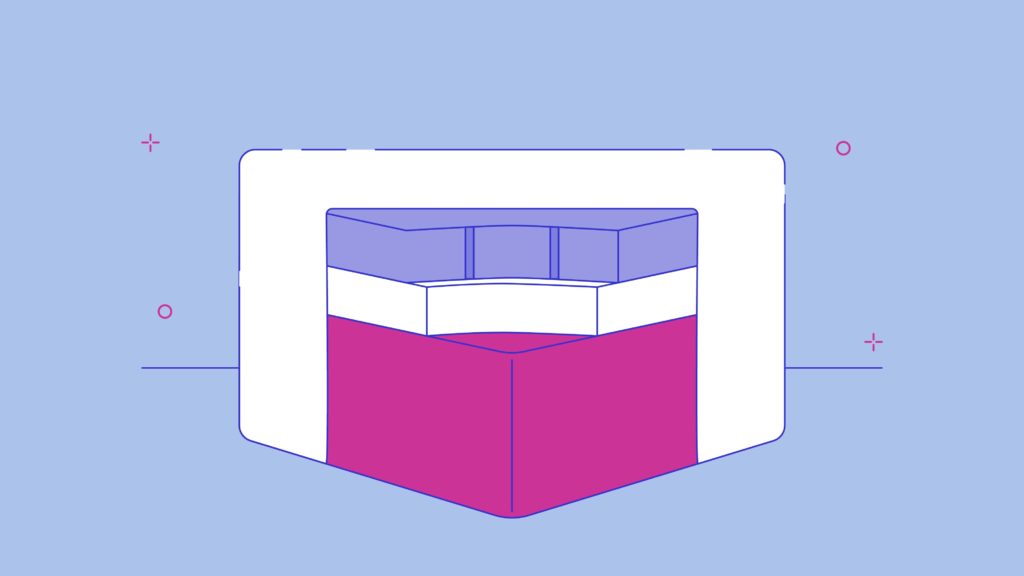
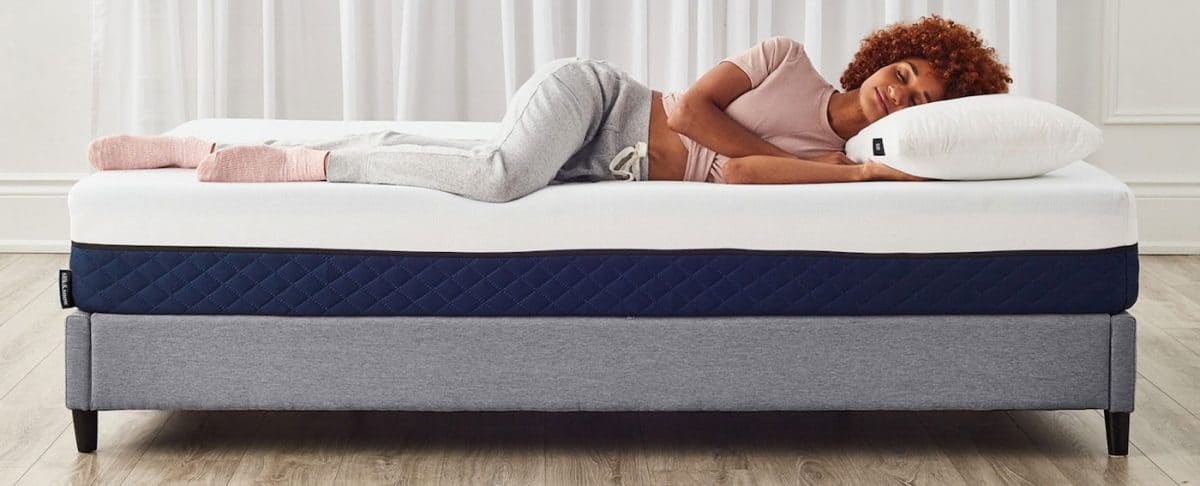
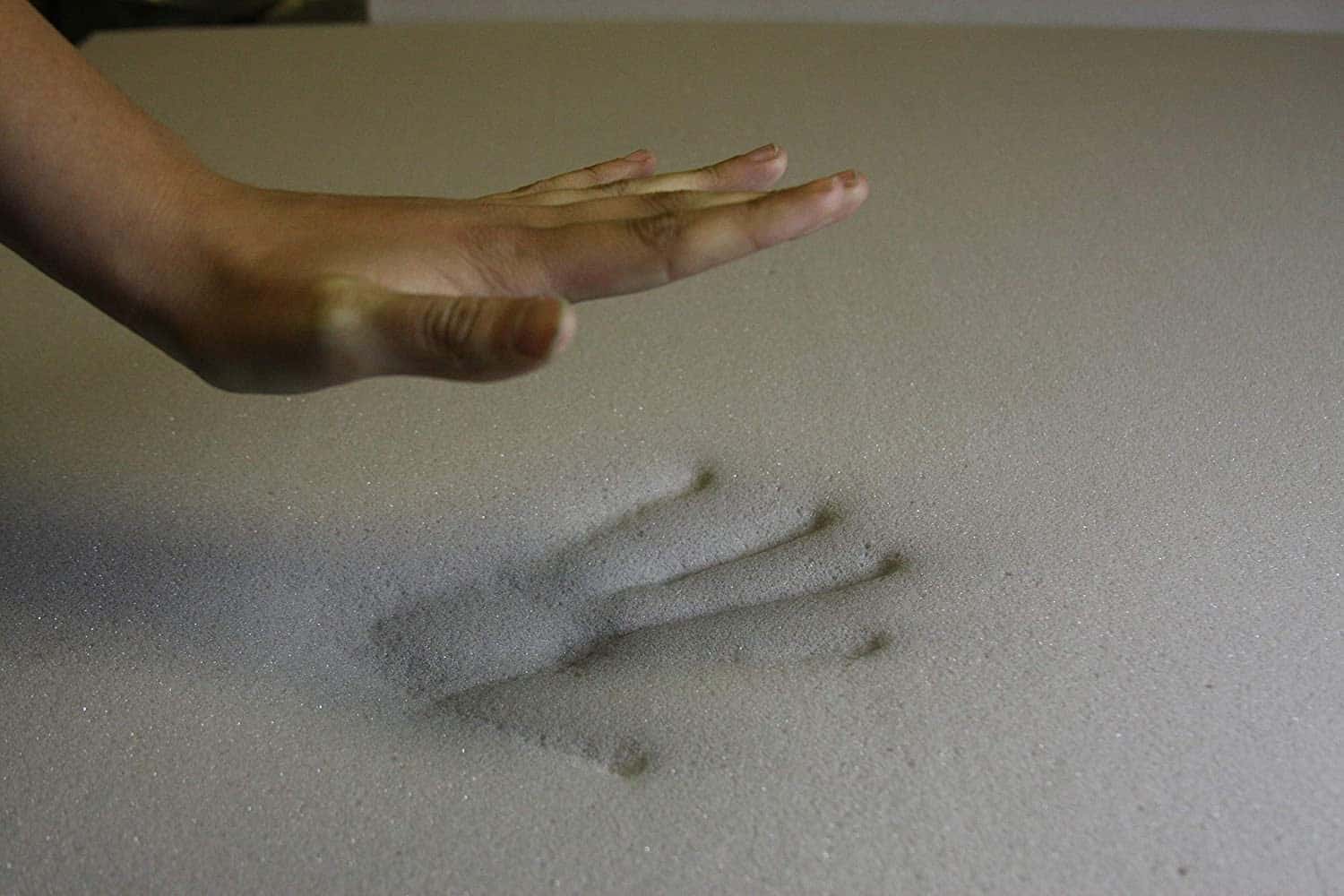


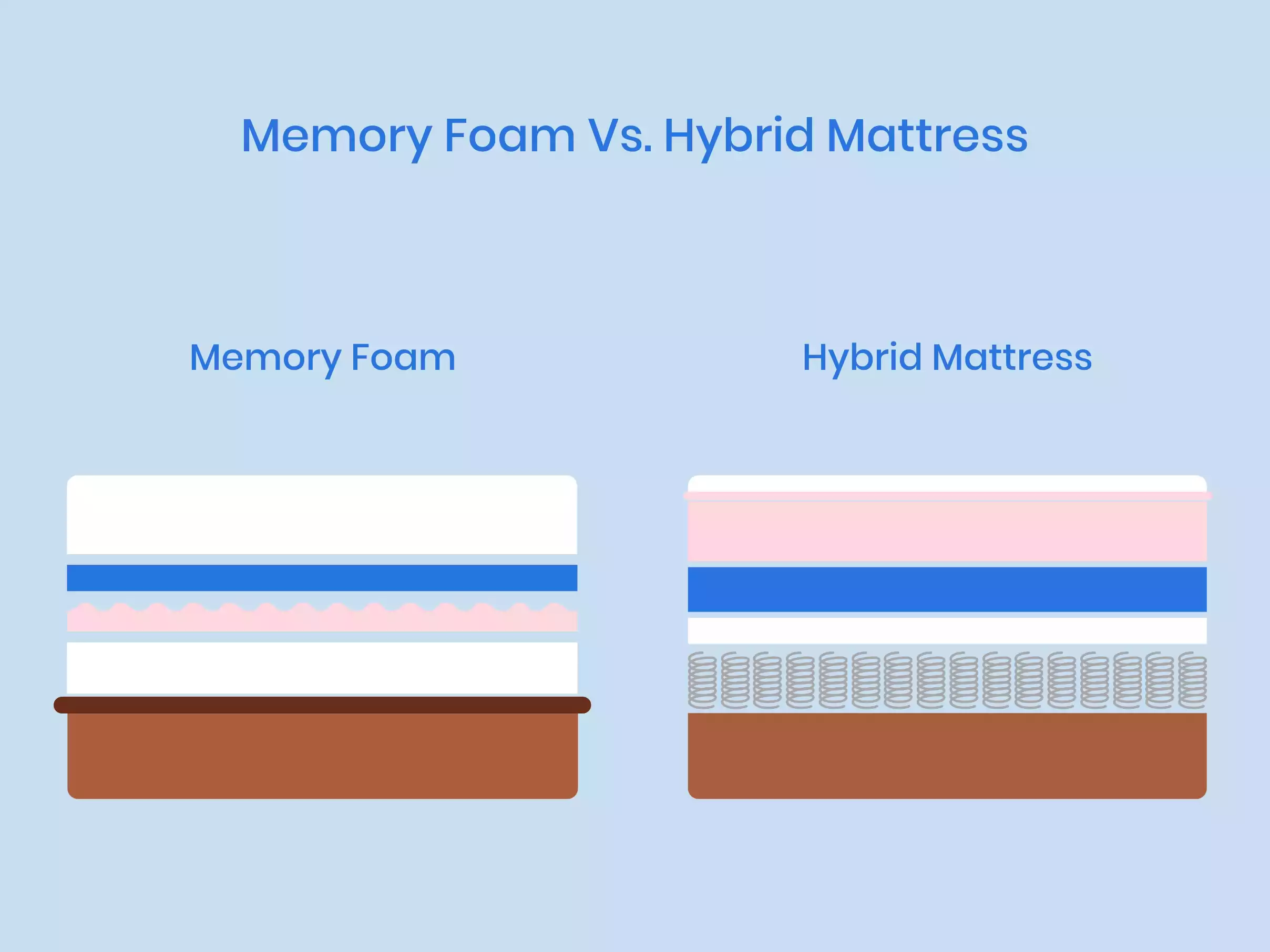
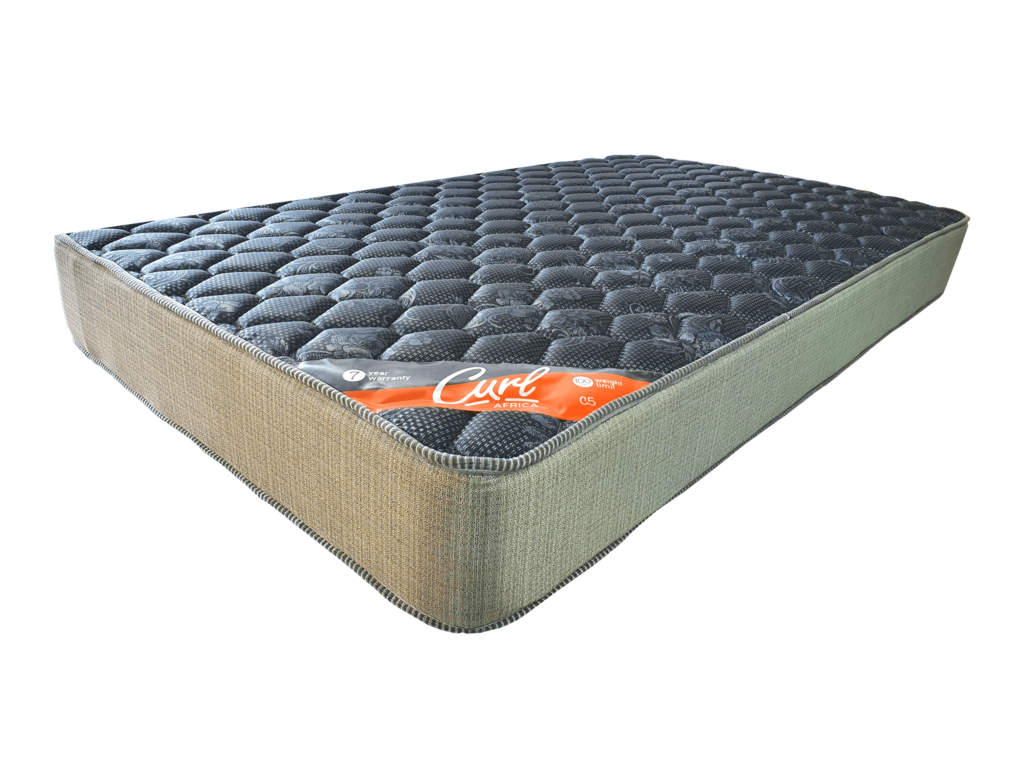
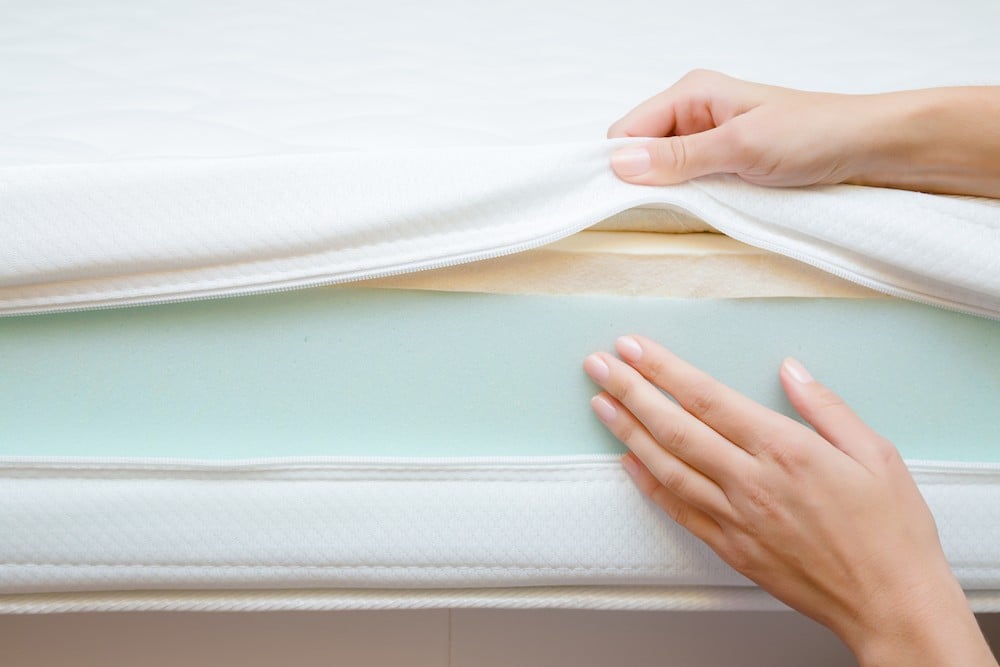

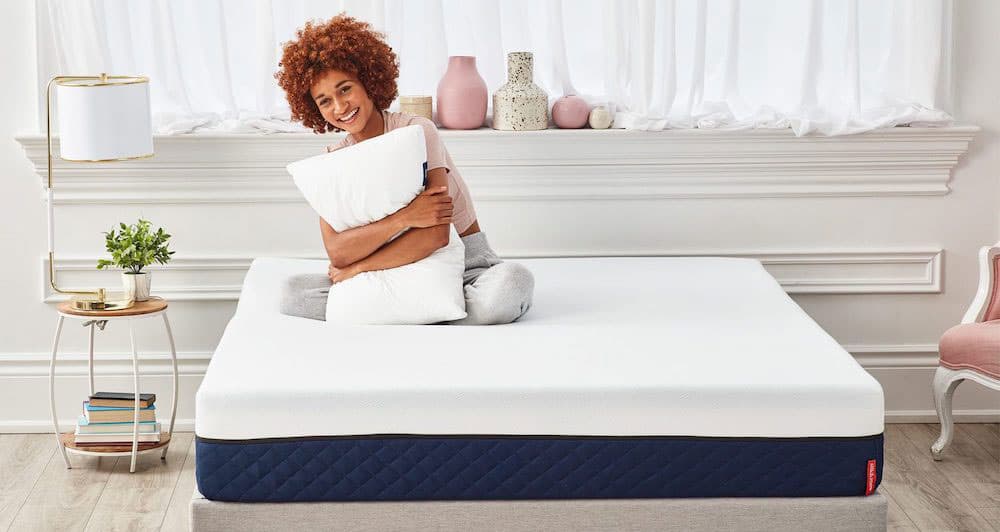










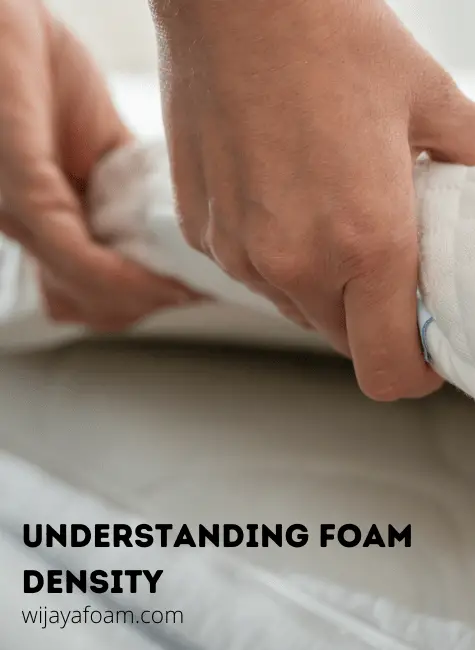

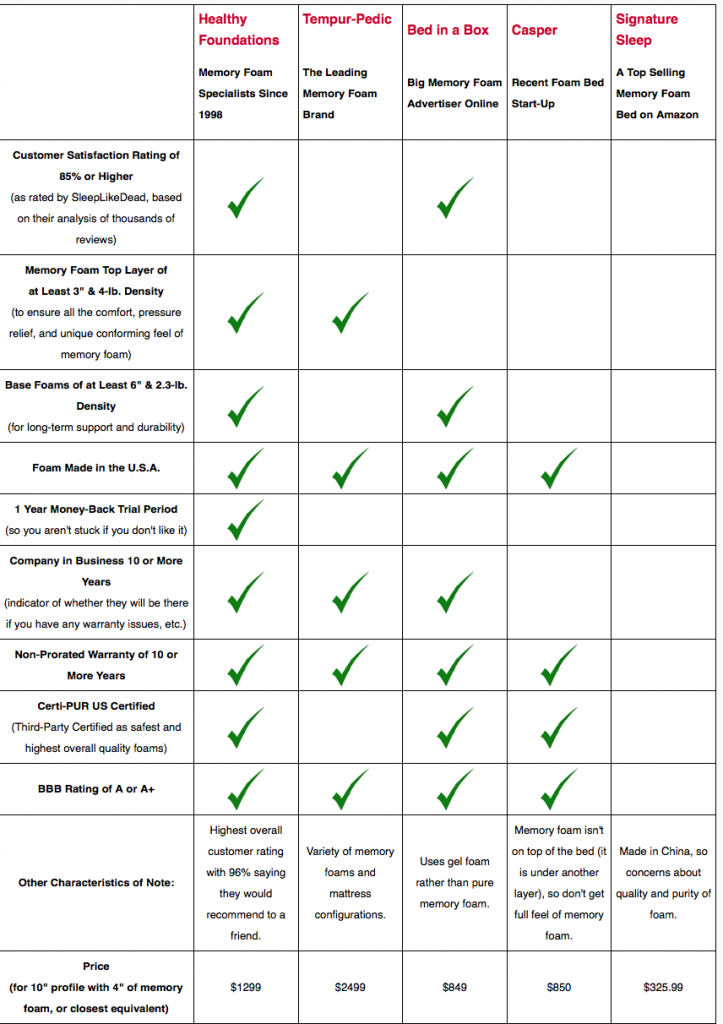


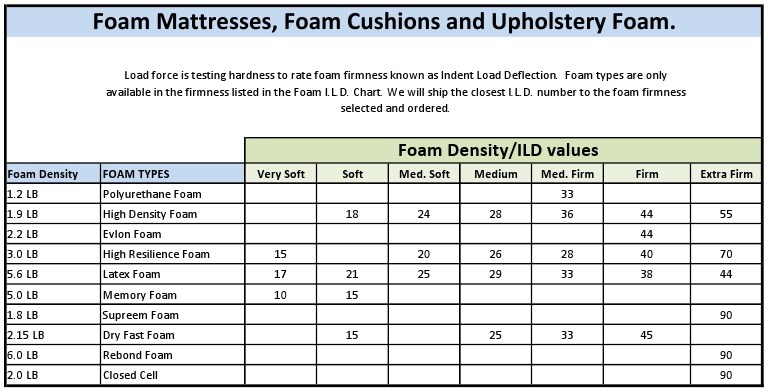

.PNG)


